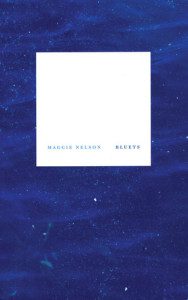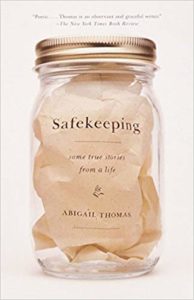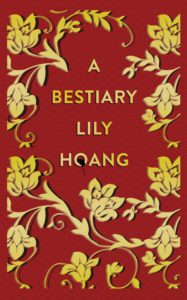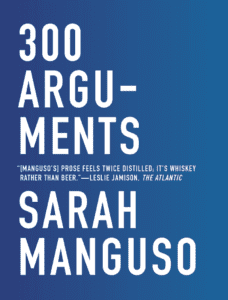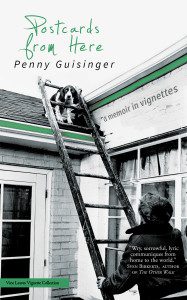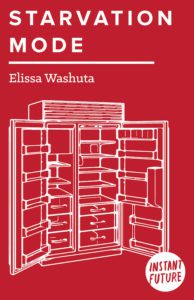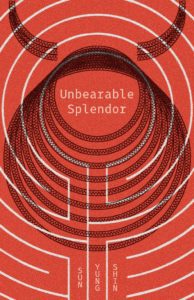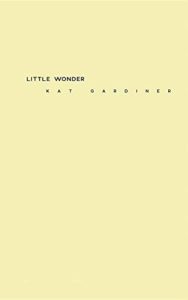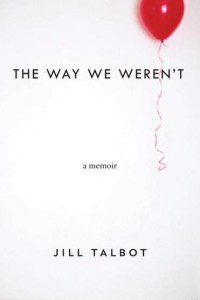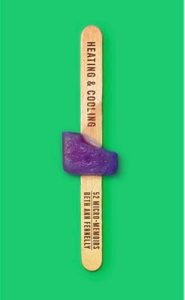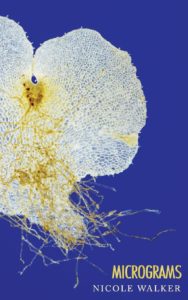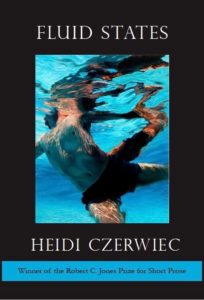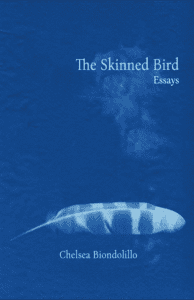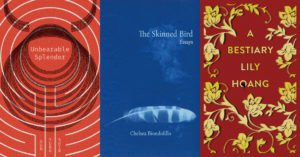
The process of writing, submitting, and ultimately publishing my debut essay collection, The Skinned Bird, was messy, frustrating, and nearly seven years long. For most of that time, the book lacked a cohesive structure. The collection includes braided essays, flash essays, researched essays, fragmented essays, photographs, diagrams, pieces that explore the deep past, and pieces that explore the recent past. Editors told me the writing was strong but the manuscript didn’t hang together.
Every year or so I would reorganize the essays, taking some out and adding new work in. I tried pulling out the flash pieces and submitting them to chapbook contests. I’d take out all the photos, or else, I’d add more photos. Around 2015, I wrote the essay which is now the first in the collection, “The Critical Learning Period.” It turned out to be my key. I used this essay’s four-part structure as my new organizing principle. And once I’d reordered the manuscript, themes and motifs appeared and recurred like rings in the water widening out from the first essay. The disparate elements now function as I’d hoped they would: as attempts. In Jane Alison’s Meander, Spiral, Explode, she calls this a “wavelet,” structure, and describes it as using “Dispersed patterning, a sense of ripple or oscillation, little ups and downs, [which] might be more true to human experience than a single crashing wave.”
Throughout the revision process, I was always on the lookout for books with deliberately unconventional structures. The books listed below all solve interesting problems, often related to fragmented texts. In each instance, the author made remarkable structural decisions. When you are looking for that which might hold you, lest you spill out all over the page, let these texts offer excellent inspiration.
***
Bluets by Maggie Nelson
No discussion of fragmented writing would complete without mentioning Nelson’s Bluets. This book is a craft text on how to contextualize deep pain within a lived life, how to write about obsession, and how to maintain reader interest for nearly three hundred fragments. It is also a book that speaks to my own broken heart, my longing to find deeper meaning in the people and ideas and objects I keep close to me. At first, the fragments in Bluets feel disparate and unmoored but slowly, the ripples carve streams which turn into braided rivers: on philosophy, love, the writing and teaching life, pain, and longing.
Safekeeping by Abigail Thomas
Safekeeping is another canon text for the fragmented, oscillating memoirist. Thomas slowly builds her story from pieces, in first and third person, some a few pages long, others only a few lines. She covers three marriages, four children, and by the last pages, several grandchildren. The short pieces jump around in time and space: sometimes we sit with the narrator at a table as her sister reads over a draft of the book; other times, the narrator looks far into the past. The first piece establishes the book as a place to keep safe her memories of love and heartbreak, and also as a record of the choices she made. The dramatic arc in Thomas’s life—her marriage to and divorce from her second husband, and then his death—is echoed by the section titles, “Before,” “Mortality,” and “Here and Now.” As a writer, Safekeeping helped me appreciate that craft can be more important than wild adventure on the page.
A Bestiary by Lily Hoang
In Hoang’s collection structured around the Chinese Zodiac, family life, racial identity, and difficult relationships blend with fable and myth. A Bestiary pushes at the boundaries of nonfiction by incorporating fairy tales and speculation into researched writing and lyric reflection. Hoang has been clear in interviews that despite the often poetic hybridity at play on its pages, this is a collection of essays, it is an attempt to “actively engage at the boundaries of genre.” In a pattern that recalls Bluets, A Bestiary builds several threads over the course of its pages, and by the end of the book, the depth with which the text engages ideas of belonging, addiction, subjugation, and revision becomes clear.
300 Arguments by Sarah Manguso
Manguso’s 300 Arguments come in the form of aphorism, seemingly separate from a larger text. She hints at as much, stating that a reader might “think of this as a short book composed entirely of what I hoped would be a long book’s quotable passages.” Not unlike Jenny Boully’s The Body, then, we are given only some of the text and are asked to sit with the unknowing that follows. Manguso’s fragments are very different from Nelson’s, which comprise a recognizable arc. These fragments at times might be arguing over a sense of possible ennui in the narrator’s marriage, or the possibility of rekindling an old romance. At other times they speak of petty envies, the writer’s practice, an unfulfilled longing. As in The Body, trying to fill in the “long book” between the fragments doesn’t feel like the point. As a structure, 300 Arguments is concision taken to the extreme.
Postcards from Here by Penny Guisinger
Subtitled “a memoir in vignettes,” Postcards from Here ripples and flows around Guisinger’s life: marriage, children, the home-making tasks of tending a garden and making meals, but, too, it is about her anxious mind, resisting addiction, the difficulties of sharing custody with her ex-husband. In this, it echoes Thomas’s record of a life lived. The structure here is implied in the title: postcards. These are brief dispatches, reports. And though they are often funny, they are not blithe. They are rich and complex, owing much to Guisinger’s deft syntax and wry voice. Though some are only a single sentence, each fragment builds toward a larger picture of her life that feels at once immediate and honest.
Starvation Mode by Elissa Washuta
The first section of Washuta’s fifty-two-page chapbook is written as a list of rules. Each “rule” is followed by a fragment, and as the rules pile up, the narrator’s troubled relationship with food and eating takes shape. The constraint of a rule book works well to cover the history of her relationship with food, even when the collection veers into looser, more lyric organization. This shifting content organized by the presented rules gives Washuta the freedom to cover her own eating disorder and society’s complicity in disordered eating.
Unbearable Splendor by Sun Yung Shin
Shin opens Unbearable Splendor with epigraphs that refer to cyborgs. A cyborg is a humanoid with physiological abilities enhanced or aided by mechanical or electronic means. It is both beyond human and not at all human, and in that regard, it is a useful analogy to Shin’s book that is a hybrid between poetry and essay. Is it a collection of lyric poems, enhanced by the mechanics of essay? Or are these essays, dependent upon poetry’s electric currents for their movement? Either way, these fragments grapple with issues of inside/outside, belonging/foreign, colonization, immigration, and technological mediation. Shin’s text joins a growing body of work that crosses freely between poem and prose.
The Colossus of New York by Colson Whitehead
New York City is complex, messy, and irresistible to writers. In Colossus of New York, Whitehead attempts to capture key elements of the city in isolation, like a group of blindfolded people describing an elephant. There are short chapters on Port Authority, rain, Broadway, morning, and Coney Island. These sketches move in and out of first, second, and third person. Sometimes, the narrator seems omniscient; other times, the narrator is a constantly shifting cast delivering internal monologues. The writing is dense with humor, sensory details, and immediacy. Rather than try to tell each of New York’s eight million stories, Whitehead chooses to write thirteen of them very well. For such a complex subject, this structure manages to capture something of the city that a book three times its length might miss.
Little Wonder by Kat Gardiner
Little Wonder is yet another hybrid text, but this book mixes memoir and fiction to tell the story of Gardiner and her husband opening and then closing a music store/café/live music venue in central Washington. There are real bands, composite customers, and fictionalized details. Throughout the microstories that make up the book, there is a very real sense of loss and heartbreak. The fiction, then, and the brevity of each short piece, gives the author some space from that loss, some room to breathe in the white space around and between the pages, and a chance to find some small measure of meaning from what happened.
The Way We Weren’t by Jill Talbot
Some stories resist a single format, and in The Way We Weren’t, Talbot has just such a story to tell. The essays in this collection include essay as wine list, as college syllabus, as redacted letter. They are told in first and third person. They encompass the end of a relationship with Talbot’s daughter’s father and the aftermath of mother and daughter’s first years together alone. The narrator also, at times, questions her own truthfulness on the page and the future impact of their abandonment—these two moves break the implied fourth wall of the nonfiction text, and we are led out of the book as object and into an unknowable future with Talbot and her daughter.
Heating & Cooling by Beth Ann Fennelly
The first time I read this collection, I did so all in one sitting, and it felt like a binge, like eating a whole pint of ice cream at once. I was full but couldn’t stop. One reviewer said of Fennelly’s essays, “Readers of Fennelly’s micro-memoirs are at an advantage; they get to read prose that has all the benefits of poetry without, well, being poetry.” These short pieces are deeply funny and demonstrate masterful concision. They arrive as single sentences and as four-pagers, numbered and unnumbered lists, and as subtitled and line-broken fragments, and the shifting forms allow their humor and insight to be unburdened by interstitial backstory.
Micrograms by Nicole Walker
Combining blue whales, wasps, sperm, forest fires, spores, and more, Walker’s Micrograms is a fine example of flash nonfiction. Short but complete. Personal but narrative and outward-facing. These are (often) researched short essays—concerned with connections between human and non-human creatures, people and place, science and spirit, and the narrator and the essayist’s mind at work. Here, each essay is a micro-: “microbarriers,” “microbags,” “microabortion,” microsoccer,” “microhematacrit.” This repetition, this wavelet of sound, carries through the collection, creating connections.
Fluid States by Heidi Czerwiec
Czerwiec came to nonfiction by way of poetry, and the short, fragmented essays in the recent Fluid States are filled with word play, slant rhyme, and alliteration. Says Czerwiec, “lyric language can reveal deeper connections that the facts along might not, which is how in a piece like ‘Cuir,’ I can talk about the twinned history of leather and perfume and take us from ‘cured’ to ‘cuir’ to ‘queer.’” This collection also explores several poetic forms, including haibun, an essay as sonnet cycle, and erasures. These bold structural decisions bring formal cohesion to a wide range of topics, including perfume, fracking, guns on campus, and the craft of writing lyric essays.
And to close out this wonderful list, we just had to include Chelsea’s new essay collection, The Skinned Bird, out now from KERNPUNKT Press! – Ed.
The Skinned Bird by Chelsea Biondolillo
The Skinned Bird is about all the ways we break our own hearts. In lyric, fragmented essays—full of geological, ornithological and photographic interventions, with landscapes, loss, and longing—Biondolillo travels the terrain of leaving and finding home while keeping her sights fixed firm on the natural world around her.

